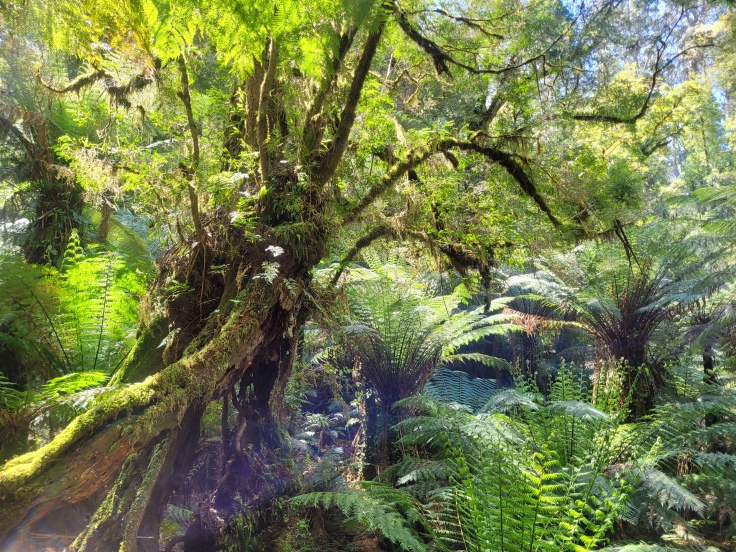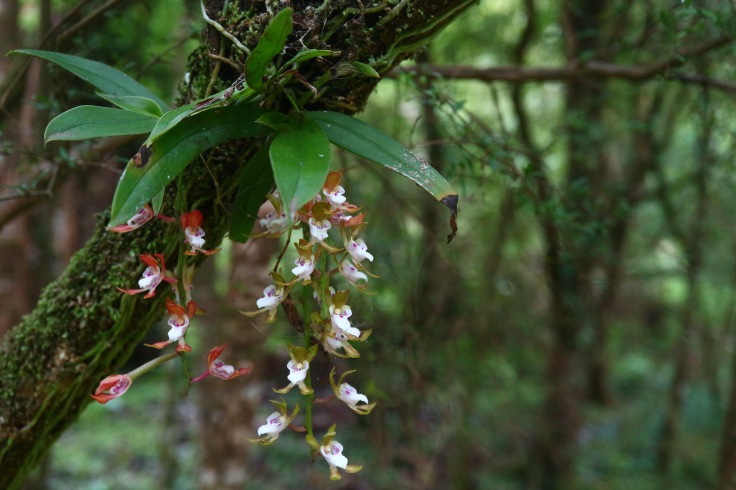Leaping ahead of the aesthetic norms of their own time, a group of young artists in nineteenth century England brought with them the legacy and lore of past worlds to create something wholly new, a body of work whose creators took on the name of the Pre-Raphaelite Brotherhood, a movement whose manifesto celebrated the romantic, the imaginative, and the natural.
The Pre-Raphaelites came to age in a world that was convulsing in the birth pains of the industrial revolution; its child, the proletariat, an orphan with no roots and no means. The urban squalor that had developed as a result of industrialisation pushed the Pre-Raphaelites to look to the natural world, and the restrictive social and sexual norms of the times were repudiated through the eroticism of their symbology and the sensuality of their subjects.
Because their spirits were free and their works were bold, the art of the Pre-Raphaelite Brotherhood will forever have an enduring allure
By subjectifying the object of their eye, by humanising the divine, worshipping the natural, the Pre-Raphaelites painted their reality as a dream: vivid, passionate, sublime. Here, Lives and Times takes you on a guided tour of the humanity, naturality, sensuality, and spirituality of the Brotherhood of the Pre-Raphaelites, with photography taken at Love and Desire, exhibited at the National Gallery of Australia.
Humanity
Witnessing the immiseration of a newly born working-class, the Pre-Raphaelites sought to dignify the lives and the labours of this new class of urban proletarians. Their sympathy with the working class meant a defence of its labours and a critique on the gilded classes, as seen in the exemplary Work (1863) by Ford Madox Brown, shown below, in which an entire historical moment is captured with all its drama and injustice (click images for close-up). The gilded classes trot on horseback behind the labouring classes, thirsty and tired, as social cast-aways loiter in the foreground, an orphan-girl scolding her brother while carrying a baby in another arm.
Naturality
In awe of natural beauty, the Pre-Raphaelites would hold communion with the landscape in order to capture the detail, movement, and light of a scene. Spending days on end in situ, they sought to communicate the force and scale of the natural world. Take, for instance, The British Channel Seen from Dorsetshire Cliffs (click images for close-up), 1871, by John Brett, in which the only discernible human element is a sail-boat fluttering through the light playing on the water’s surface.
Sensuality
To the Pre-Raphaelites, women were not mere objects of the viewer’s gaze revealing virtue and beauty. They were, rather, active subjects possessing their own desires and passions – not just seductive, but seducing. In The Beloved (The Bride), 1865-1866, Dante Gabriel Rossetti mixed eroticism with exoticism, imagining the bride of The Song of Solomon unveiling her face to her beloved, saying:
“My beloved is mine and I am his. Let him kiss me with the kisses of his mouth: for thy love is better than wine.”
– The Song of Solomon, 2:16, 1:2
Rossetti clothes the betrothed in oriental fabrics, adorns her with golden jewels, crowns her with rich-red hair ornaments, and has her surrounded by her companions as described in the Psalms:
“She shall be brought unto the King in raiment of needlework: the virgins her companions that follow her shall be brought unto thee.”
– The Song of Solomon, 45:14
The effect is simply memorising, the bride captivating the viewer with her intense gaze and beauty.

Spirituality
In humanising the holy, the Pre-Raphaelites shocked audiences with their religious art, bringing accusations of blasphemy onto their work. The great novelist Charles Dickens lambasted their work as representing “the lowest depths of what is mean, odious, repulsive, and revolting“, so shocked was he by the realism of their spiritual works.
In The Annunciation, 1849-1850, Rossetti radically reinterprets the story of the Archangel Gabriel appearing to the Virgin Mary to announce her immaculate conception. Here, the Virgin appears not in silent prayer, not in fatalistic expectation her sacred mandate, but as a scared young girl interrupted during her sleep in a humble bedroom. For viewers of the time, the portrayal of a mundane Mary was truly shocking. It was this humanisation of the divine that made the Pre-Raphaelites the target of such scorn from the art community.

An Enduring Allure
The humanity, naturality, sensuality, and earthly spirituality that defined the Pre-Raphaelites placed them on the vanguard of not only the aesthetic norms of the times, but of the moral standards as well. Even today, their art receives excessively strong criticism, with writers caricaturing the Pre-Raphaelites as crude and mediocre artists projecting their own lust onto the canvas. If love and desire, mythology and sensuality, are seen as somehow crass and gaudy, then it is not the artist’s brush that is dull, but the critic’s pen.
Youth is eternally the subject of scorn and the source of anxiety. Each successive generation shocks the former in its culture, its language, its lifestyle, its thought and its art, but the Pre-Raphaelites were so far ahead of their times that even today, even as their canvases age, their work still feels fresh and still seems to make some high-brows frown. Because their spirits were free and their works were bold, the art of the Pre-Raphaelite Brotherhood will forever have an enduring allure.









Leave a comment